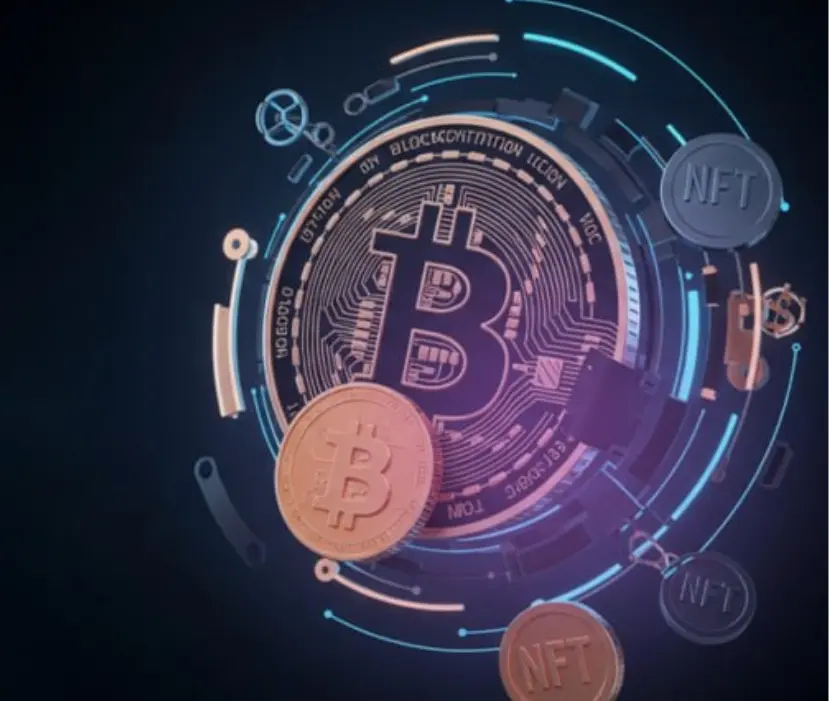From Livermore to Encrypted Whale: A Secret War of Trading Spreading a Centennial, Decrypting the Offensive and Defensive Game Behind the 300 Million Order on Hyperliquid

Reprinted from chaincatcher
03/13/2025·1MAuthor: Frank, PANews
"I remember the most vivid of all my days as a stock player. It was this day that I had earned more than $1 million for the first time. It marked the first time I successfully concluded with a pre-planned trading strategy. Everything I foreseeed at the time has become a fact of the past. However, beyond all this: my fanatical dream has become a reality.
On this day, I am the king of the market! "
——"Memoirs of a Stock Master"

More than a hundred years ago, the legendary stock trader Livermore used this passage to describe his success. A hundred years later, in the crypto market, the same scene seems to be happening again. Coincidentally, this time, the king of the market was also successful in large-scale trading and the market was ineffective, and took the initiative to lose its position due to insufficient liquidity, which staged an extreme operation, which triggered the market's worship. The difference is that the profits of the King of the Market this time are paid by the exchange.
Reincarnation of the Century: Rebirth of the Wraith of Wall Street
The giant whale, who invested $6 million to long with 50 times leverage, earned $6.8 million on the eve of Trump's announcement to add five crypto assets including BTC, ETH, SOL, ADA, XRP, and other crypto assets strategic reserves. In the past month, it has made a lot of profits in the market and has once again fought a classic battle that is enough to be recorded in the history of Hyperliquid.
On March 12, the giant whale opened 160,000 ETH again at 50 times, withdrew $8 million in funds and took the initiative to lose its position, and finally made a profit of about $1.8 million, while the Hyperliquid exchange lost $4 million as a result.
This situation seems logically bizarre, but essentially takes advantage of the "voidance" of Hyperliquid on-chain transactions to achieve profitability.
Let’s review the operation process of this giant whale:
At 6:54 on March 12, the address deposited $3.48 million to Hyperliquid through a cross-chain bridge and opened 17,000 ETH (worth $31.2 million).
The address then increased the position to 21,790 ETH (valued at US$40.85 million) by replenishing margin and continuing to expand the position.
The address continued to increase its position, increasing its total position in ETH to 170,000 (the position value is US$343 million). The book profit was US$8.59 million.
During this process, the address used a total margin of US$15.21 million.
Finally, the $17.08 million was recovered by closing positions and withdrawing margin, making a profit of $1.87 million.


In the last operation, the user withdraws $8 million in funds and retains about $6.13 million as margin, waiting for forced closing of positions.
Hunting Moment: 170,000 ETH Precision Calculation Behind Positions
Why does Giant Whale operate like this instead of waiting for profit to close its position?
In this process, the giant whale has two options: one is to close the position directly, with a floating profit of US$8.59 million. The benefits of this operation are maximized. But the competitors on the chain may not be able to take such a large order at once, and they can only wait for the price to continue to fall and reduce profits before the transaction can be completed. Once these US$343 million orders are closed actively, they may greatly affect the market trend and cause a significant shrinkage of profits.
Therefore, the giant whale chose the second option, which removes margin and part of the profit (i.e., closes part of the position and then withdraws the remaining excess margin), so that the margin can be kept at the minimum standard of 50 times leverage. In this way, if the market continues to rise, he will be able to make greater profits and can choose to continue closing positions in batches. If the market drops rapidly, he will lose his position in a 2% drop. But because he has withdrawn $17.08 million in funds, the overall profit has reached $1.87 million. Therefore, even if the position is liquidated, it will not lead to actual losses.
This seemingly crazy gambler operation, but in the end he chose a conservative profit strategy.
Afterwards, according to data released by Hyperliquid, Hyperliquid lost $4 million that day (there were also some of the follow-up profits). The giant whale achieved a profit of more than $1.8 million.
In fact, from the profit-loss ratio, the cost of the giant whale invested was about US$15.21 million, and the profit margin was about 1.87 million US dollars, with a profit margin of about 12.2%. Calculated in percentage and amount, there are not as much as the address that Trump announced that ADA and SOL were selected as strategic reserves.
Aftershocks and revelations: Promoting the evolution of on-chain
exchanges
From a market perspective, this operation ultimately makes the exchange pay for orders is an extremely rare thing. However, this seems to be possible only on Hyperliquid.
According to the tweet of KOL Hanbalongwang, similar incidents occurred on the OK exchange in 2018. The same method was used, and the margin was withdrawn after making a profit, so that the market reached the liquidation price and no rival could digest the incident that caused the exchange to pay.

After the OK event, various centralized exchanges added a ladder margin system to keep users' margin within a reasonable range of the market. And this incident seems to have taught a lesson to the emerging on-chain exchange Hyperliquid. Since DEX trading methods are adopted throughout the process, there is no risk control on margin requirements.
In the end, when the giant whale was in liquidation, the market lacked enough liquidity to take on forced orders, so Hyperliquid had to pay out of his own pocket to make the opponent's trading. HLP data shows that a $4 million loss is almost equivalent to Hyperliquid's profit throughout the month. As of March 10, Hyperliquid's HLP earnings reached $63.5 million, so even if this order lost money, it still had a profit of nearly $60 million.
However, given that this incident has sparked heated discussion on social media, there may be users who follow the example of the giant whale to operate. Hyperliquid also stated at the first time that in order to avoid similar problems, the leverage multiple of BTC is adjusted to 40 times and the ETH is adjusted to 25 times.
Regarding the market speculation whether this method will cause fundamental shakes Hyperliquid, we can understand this possibility through calculations: Currently, Hyperliquid's HLP pool still holds nearly US$60 million in funds, and can withstand a maximum risk of US$2.4 billion in position penetration based on the maximum leverage of 40 times of BTC. From this perspective, it seems that few users can have such strength to match it. When faced with general market orders, only the market's competitors can be smoothed out.
Looking back at the entire incident, we can see that the giant whale may have conducted multiple tests before completing this operation. Zhu Su, co-founder of Sanjian Capital, speculated that the reason why the address could take such a big risk is because he shorted on Binance Exchange at the same time. It is equivalent to the order status of long and short hedging, and it is precisely because Hyperliquid's mechanism when breaking through positions is different from that of centralized exchanges that he chose to start from here.

In fact, this operation method is not a magical innovation. As mentioned at the beginning, Livermore had inadvertently achieved similar results a hundred years ago. However, at that time, Livermore chose to take the initiative to go long and close positions for the sake of market survival. In today's market, exchanges have provided a guarantee for this phenomenon, which has enabled the phenomenon of users to reverse the exchange. However, the space for this kind of operation method may have closed the door again from now on, and it will be difficult for similar platforms to play similar effects in the future.
For the exchange, this is another case of spending money to learn lessons. For retail investors, such operations are just a flash in the pan, an individual phenomenon of discovering loopholes and making profits, and do not have the meaning of replicating operations. It’s just a topic of talk that people talk about in the boring trend.



